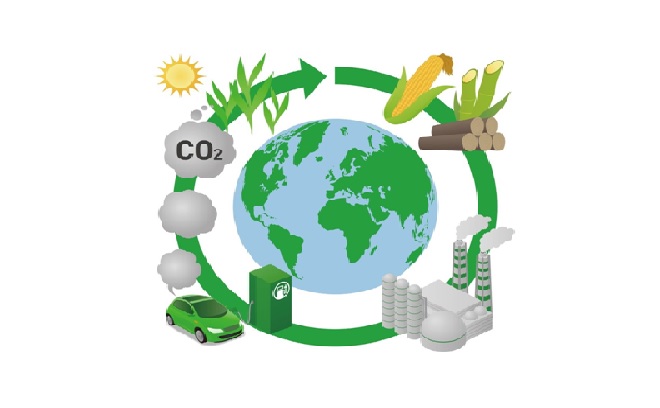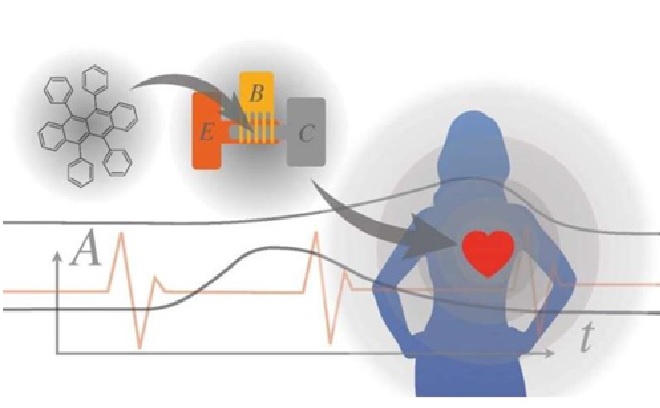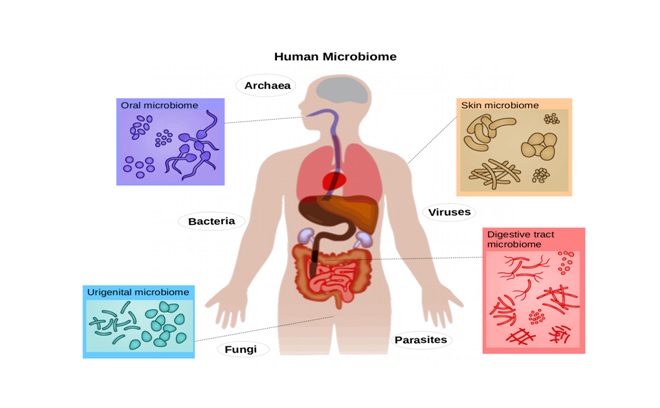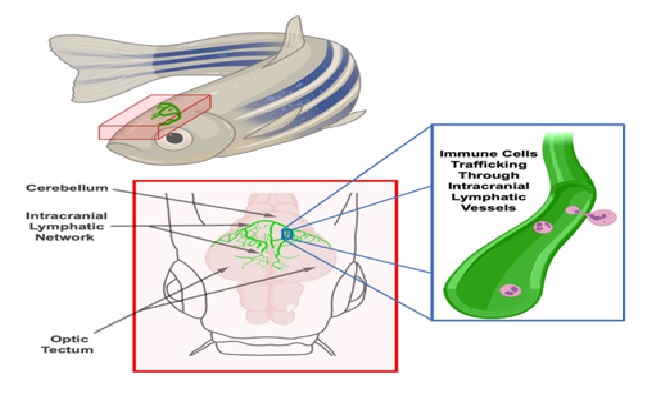The Development of Biofuels: Energy for Transportation
Unlike other renewable energy sources, biomass can be converted directly into liquid fuels, called "biofuels," to help meet transportation fuel needs. [1] The two most common types of biofuels in use today are ethanol and biodiesel, both of which represent the first generation of biofuel technology.

Figure 1: The BioFuel Energy [2]
The Bioenergy Technologies Office (BETO) is collaborating with industry to develop next-generation biofuels made from wastes, cellulosic biomass, and algae-based resources. BETO is focused on the production of hydrocarbon biofuels—also known as “drop-in” fuels—which can serve as petroleum substitutes in existing refineries, tanks, pipelines, pumps, vehicles, and smaller engines.
Biodiesel is a liquid fuel produced from renewable sources, such as new and used vegetable oils and animal fats and is a cleaner-burning replacement for petroleum-based diesel fuel. Biodiesel is nontoxic and biodegradable and is produced by combining alcohol with vegetable oil, animal fat, or recycled cooking grease.
Biofuels also supply environmental benefits but, depending on how they are manufactured, can also have serious environmental drawbacks. [3] As a renewable energy source, plant-based biofuels in principle make little net contribution to global warming and climate change; the carbon dioxide (a major greenhouse gas) that enters the air during combustion will have been removed from the air earlier as growing plants engage in photosynthesis. Such a material is said to be “carbon neutral.” In practice, however, the industrial production of agricultural biofuels can result in additional emissions of greenhouse gases that may offset the benefits of using a renewable fuel. These emissions include carbon dioxide from the burning of fossil fuels during the production process and nitrous oxide from soil that has been treated with nitrogen fertilizer.
The U.S. Energy Information Administration (EIA) publishes data on four major categories of biofuels that [4] qualify for use in the federal RFS Program.
- Ethanol—an alcohol fuel that is blended with petroleum gasoline for use in vehicles and accounted for the largest shares of U.S. biofuel production (85%) and consumption (82%) in 2021.
- Biodiesel—a biofuel that is usually blended with petroleum diesel for consumption and accounts for the second-largest shares of U.S. biofuel production (11%) and consumption (12%) in 2021.
- Renewable diesel—a fuel chemically similar to petroleum diesel fuel for use as a drop-in fuel or a petroleum diesel blend with small but growing U.S. production and consumption. Renewable diesel's percentage shares of total U.S. biofuels production and consumption were about 3% and 5% respectively in 2021.
- Other biofuels—include renewable heating oil, renewable jet fuel (sustainable aviation fuel, alternative jet fuel, biojet), renewable naphtha, renewable gasoline, and other emerging biofuels that are in various stages of development and commercialization.
Currently used liquid biofuels, which include ethanol produced from crops containing sugar and starch and biodiesel from oilseeds, are referred to as first-generation biofuels. [5] These fuels only use a portion of the energy potentially available in the biomass.
Most plant matter is composed of cellulose, hemicellulose and lignin, and “second-generation biofuel” technologies refer to processes able to convert these components to liquid fuels. Once commercially viable, these could significantly expand the volume and variety of sources that could be used for biofuel production.
References:
- https://www.greenfacts.org/en/biofuels/l-2/1-definition.htmhttps://www.energy.gov/eere/bioenergy/biofuel-basics
- https://edgy.app/consumers-pay-extra-biofuels
- https://www.britannica.com/technology/biofuel
- https://www.eia.gov/energyexplained/biofuels/
Cite this article:
Vinotha D (2022), The Development of Biofuels: Energy for Transportation, AnaTechMaz, pp.52















